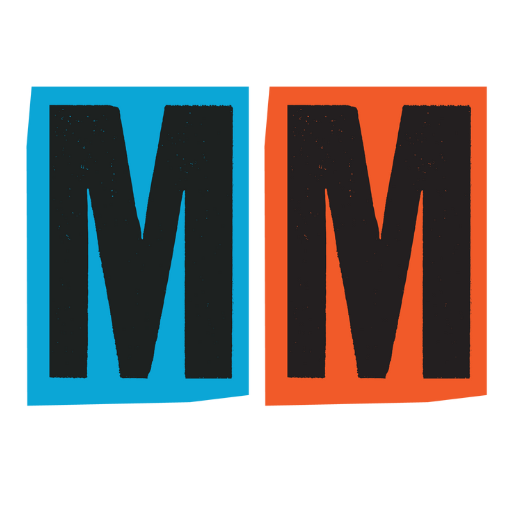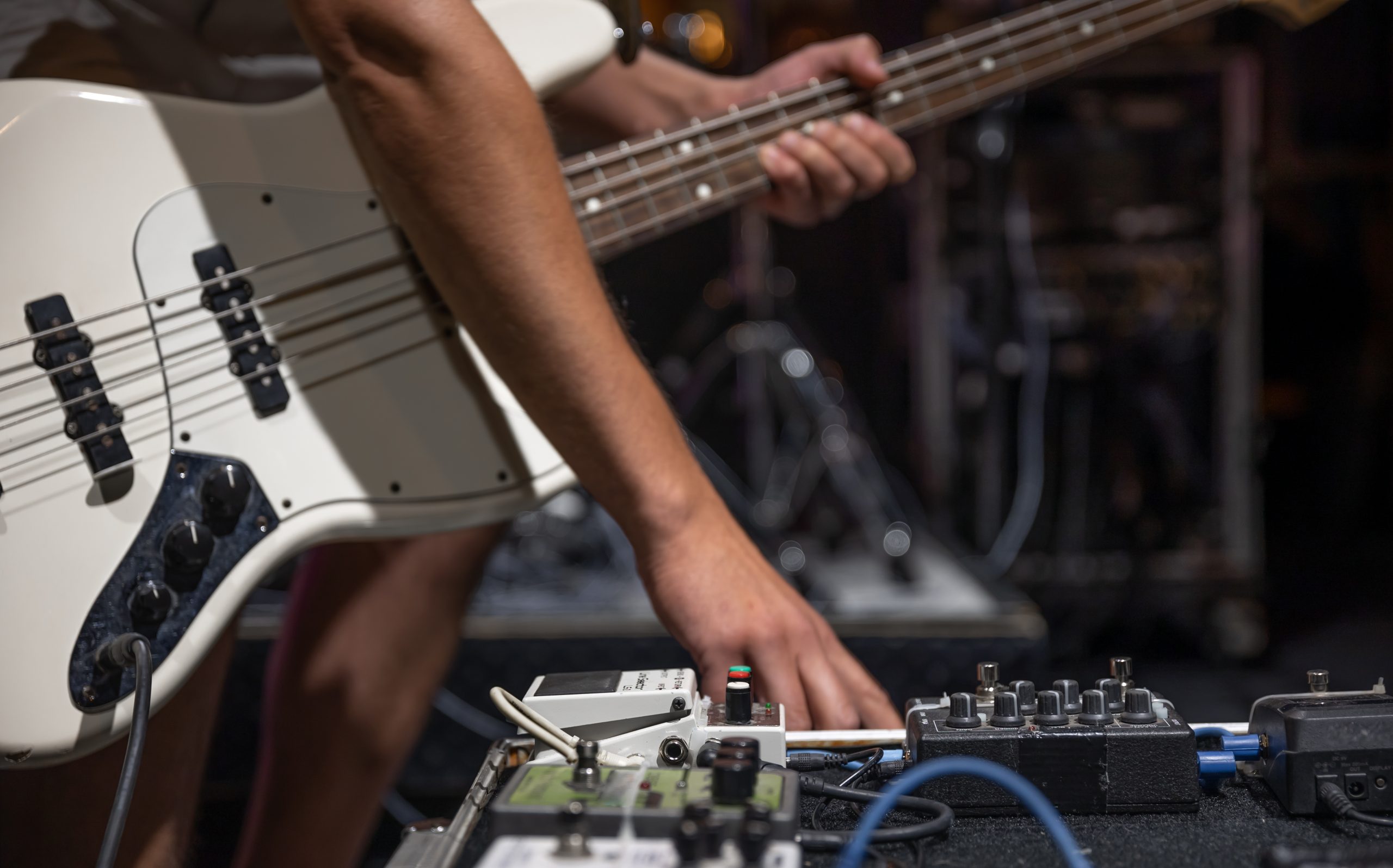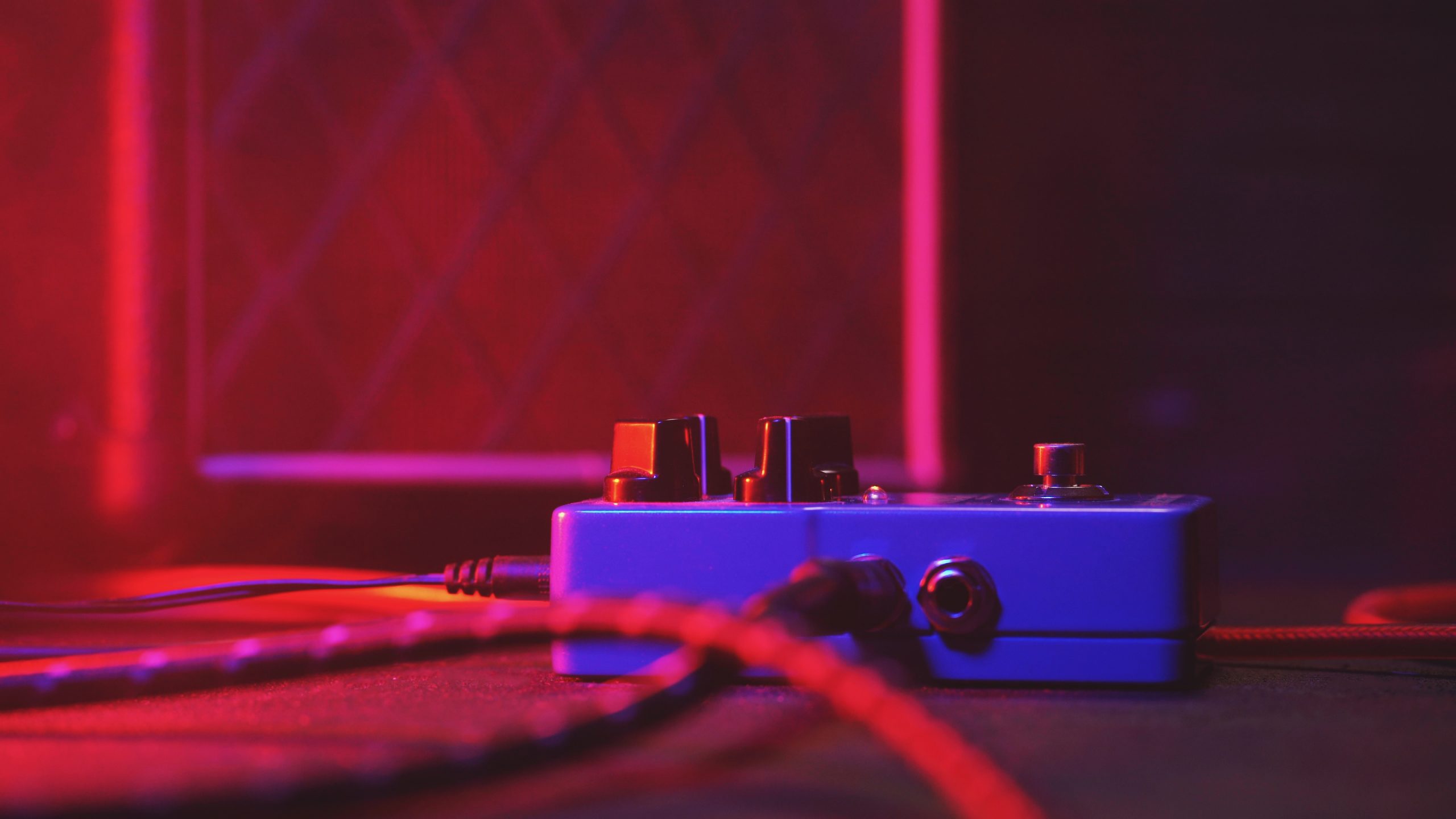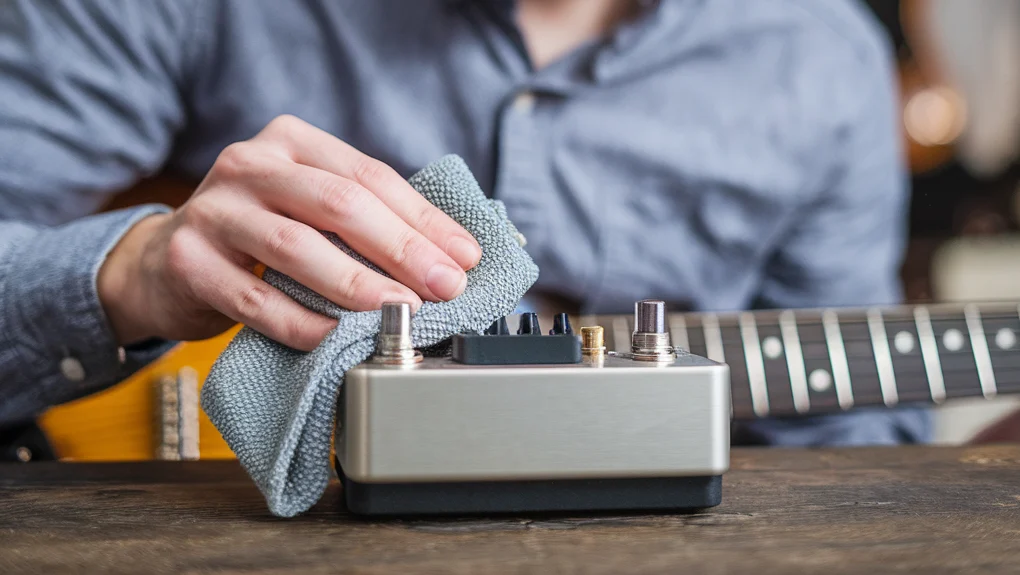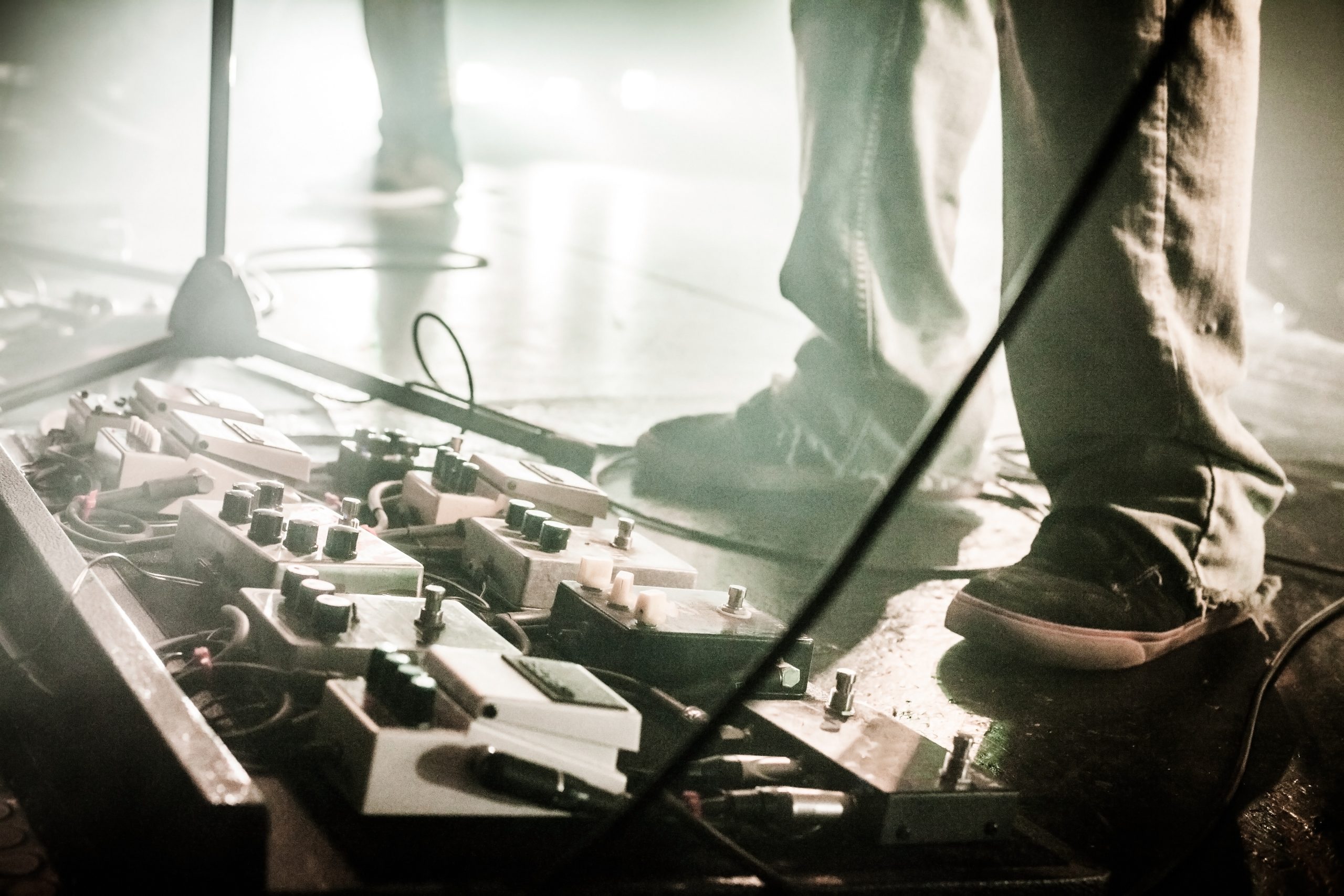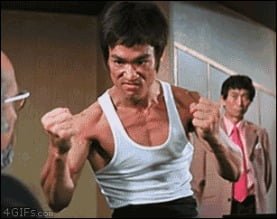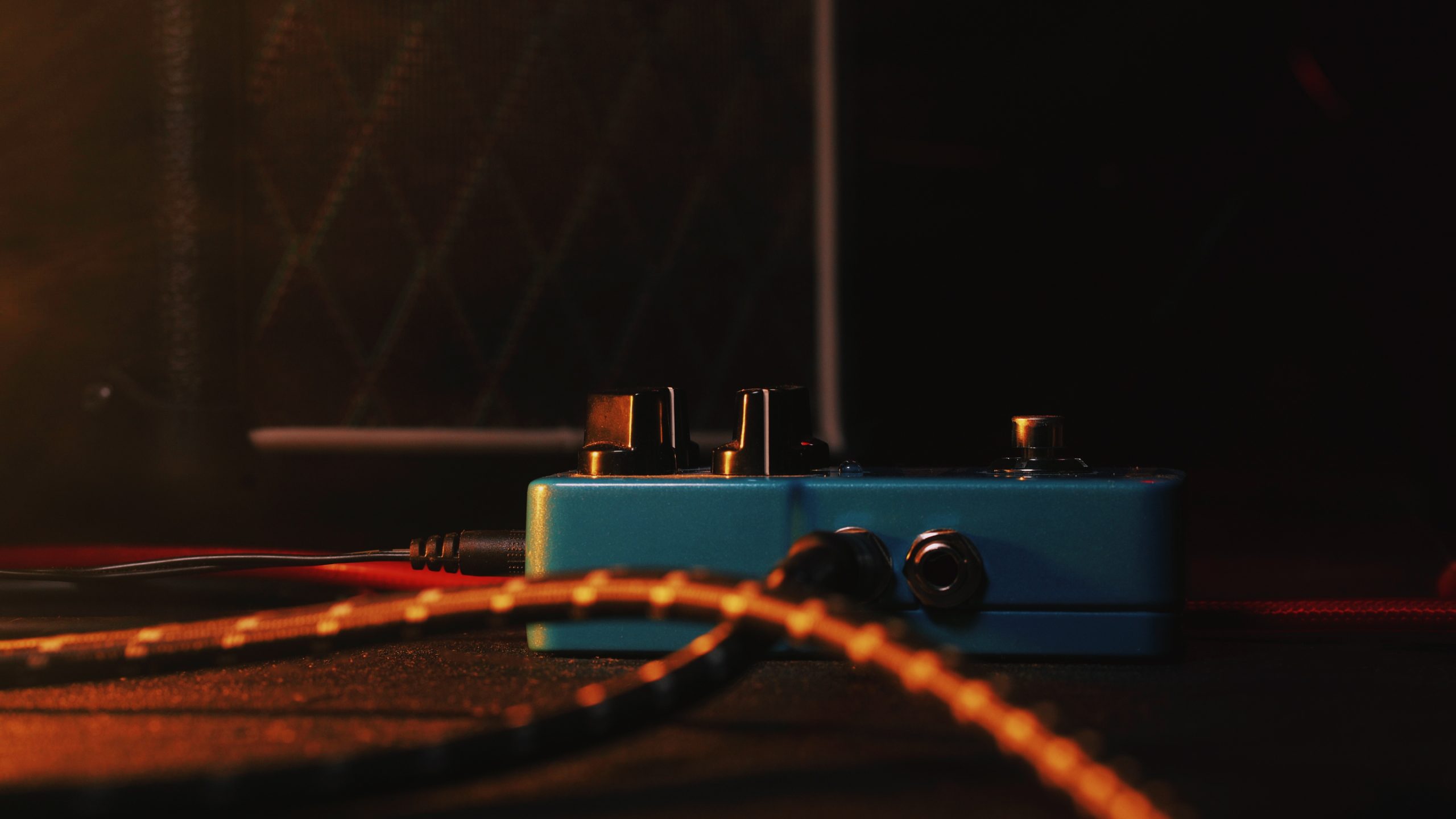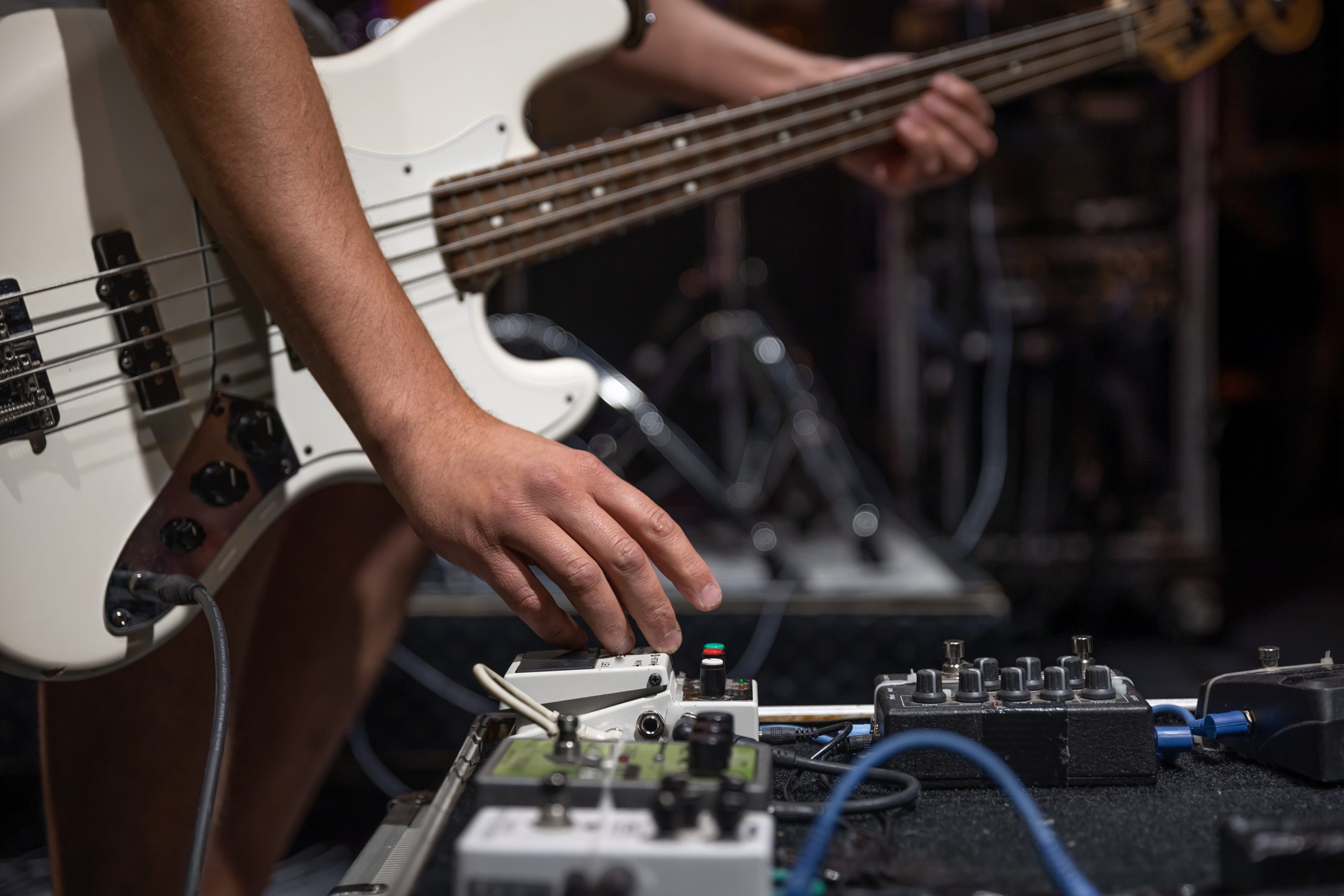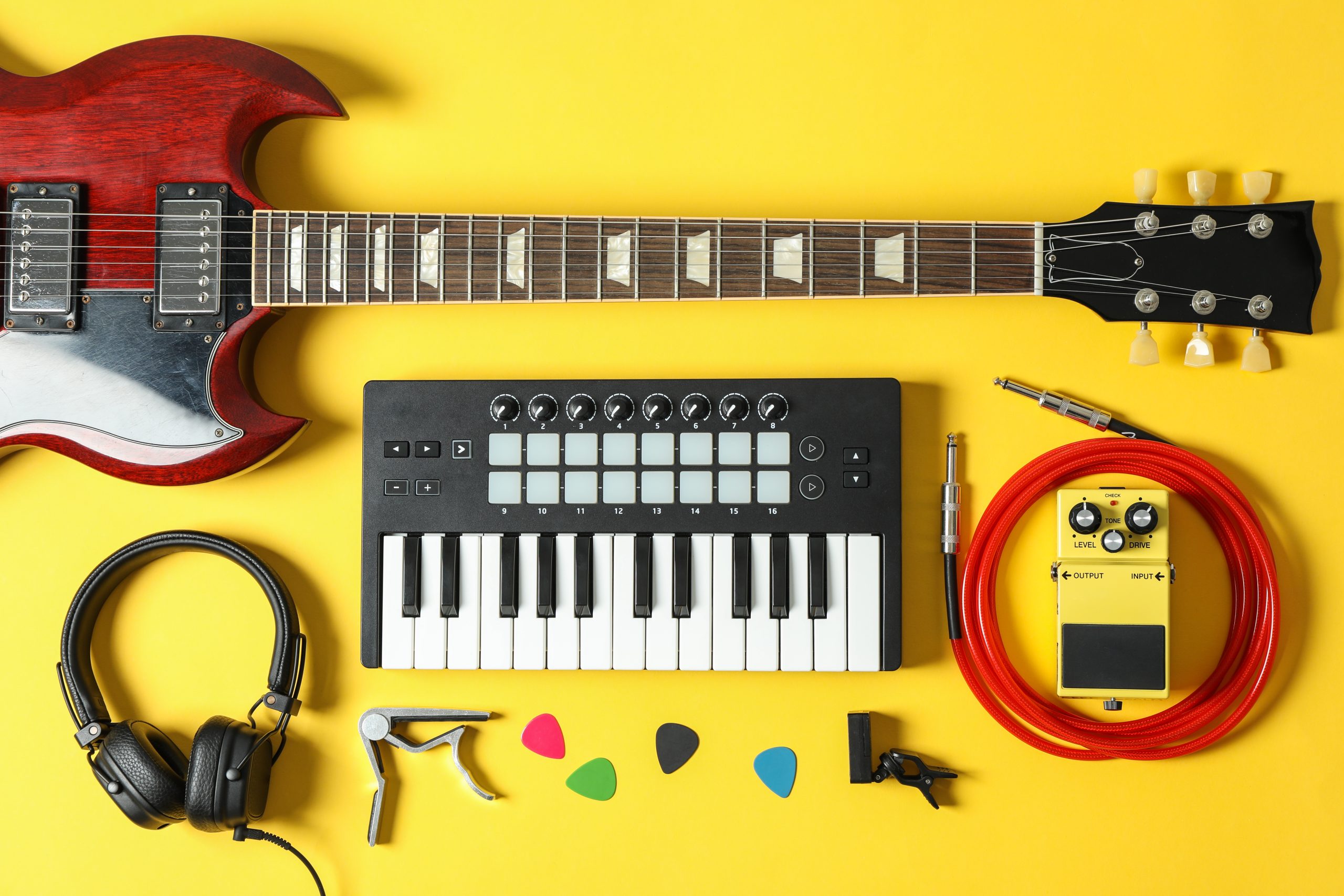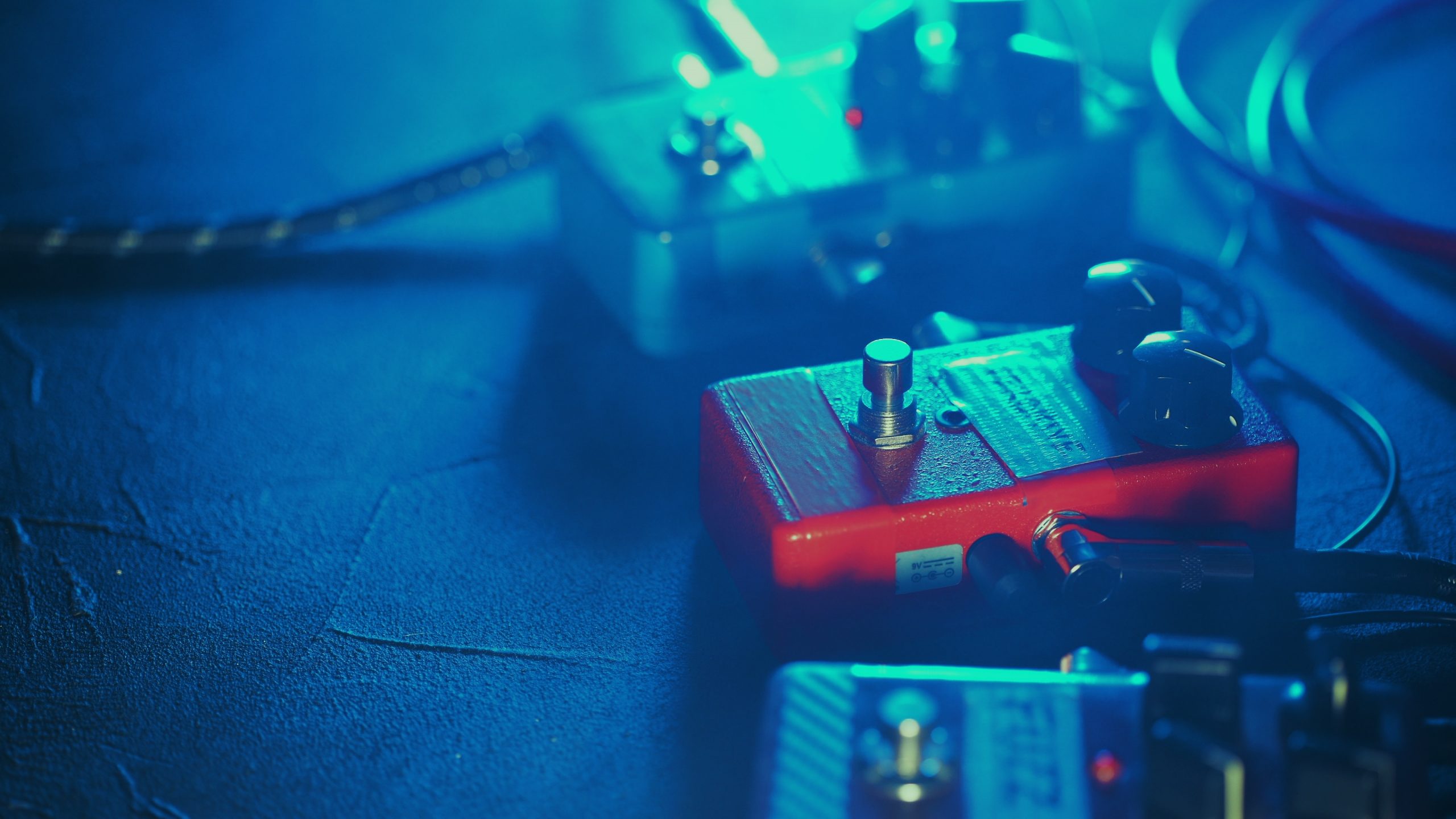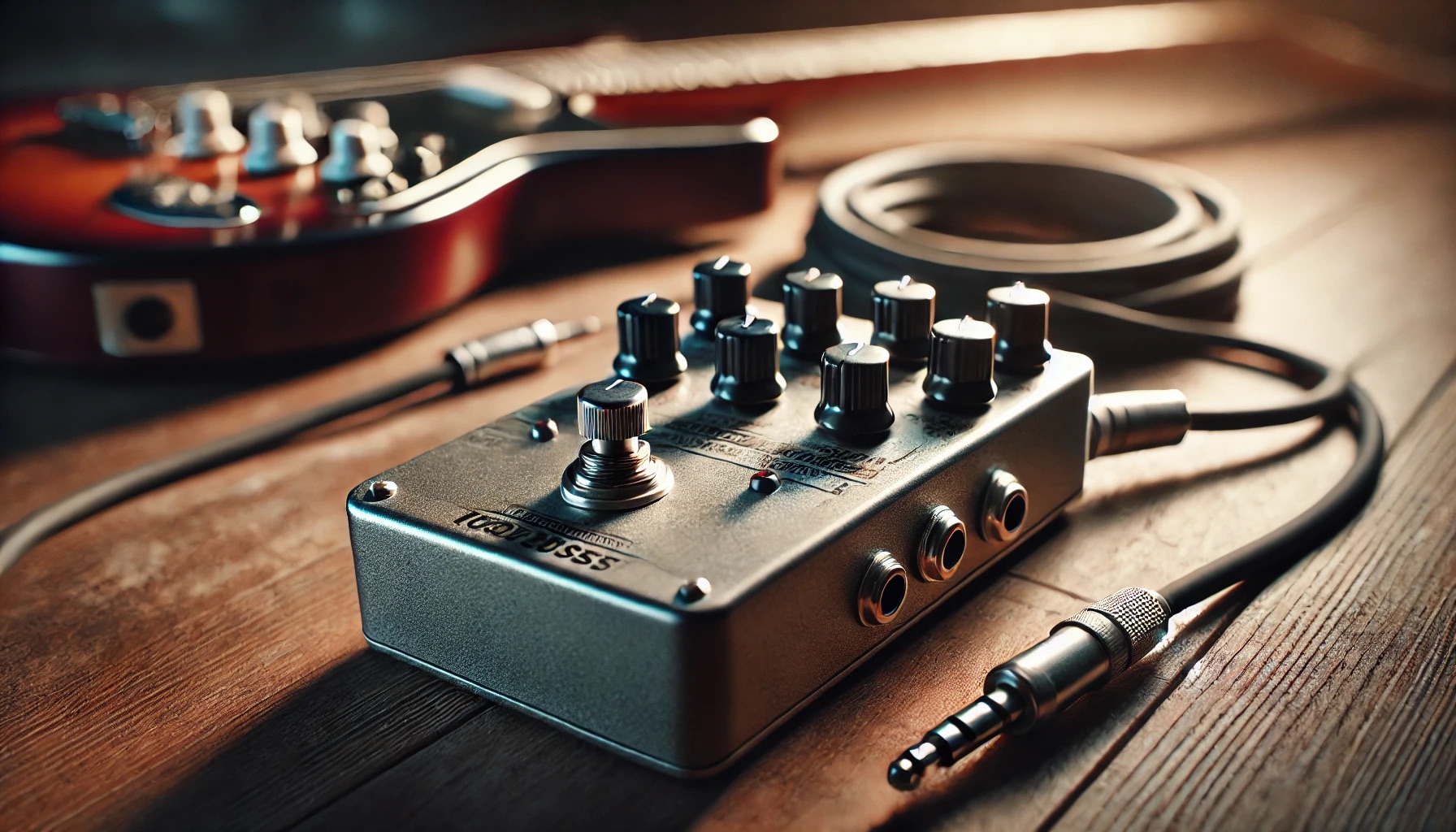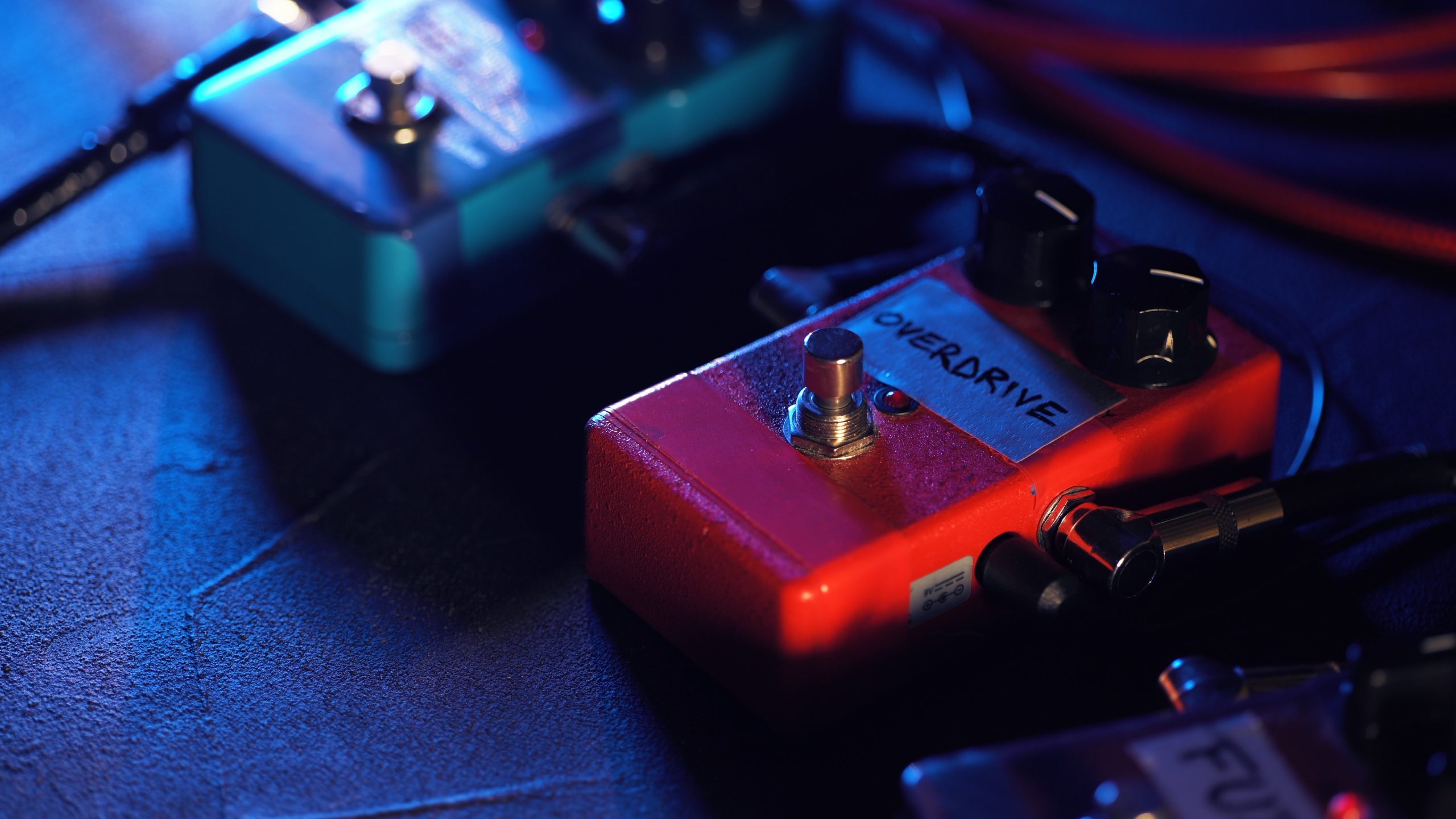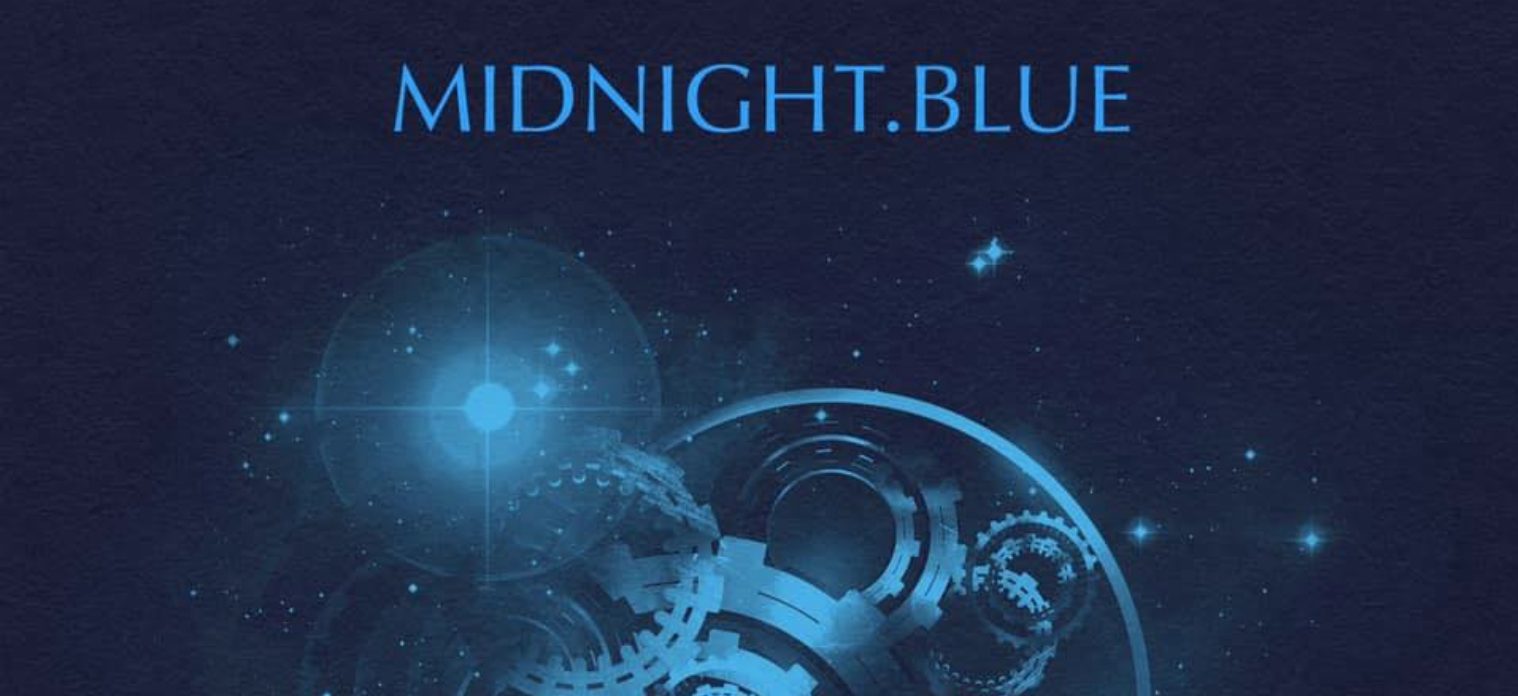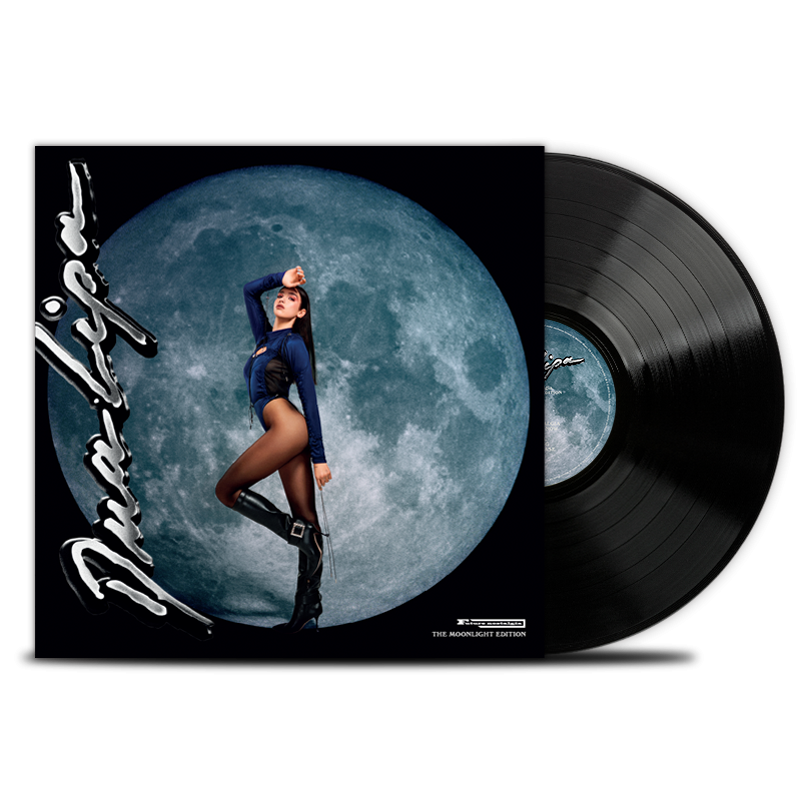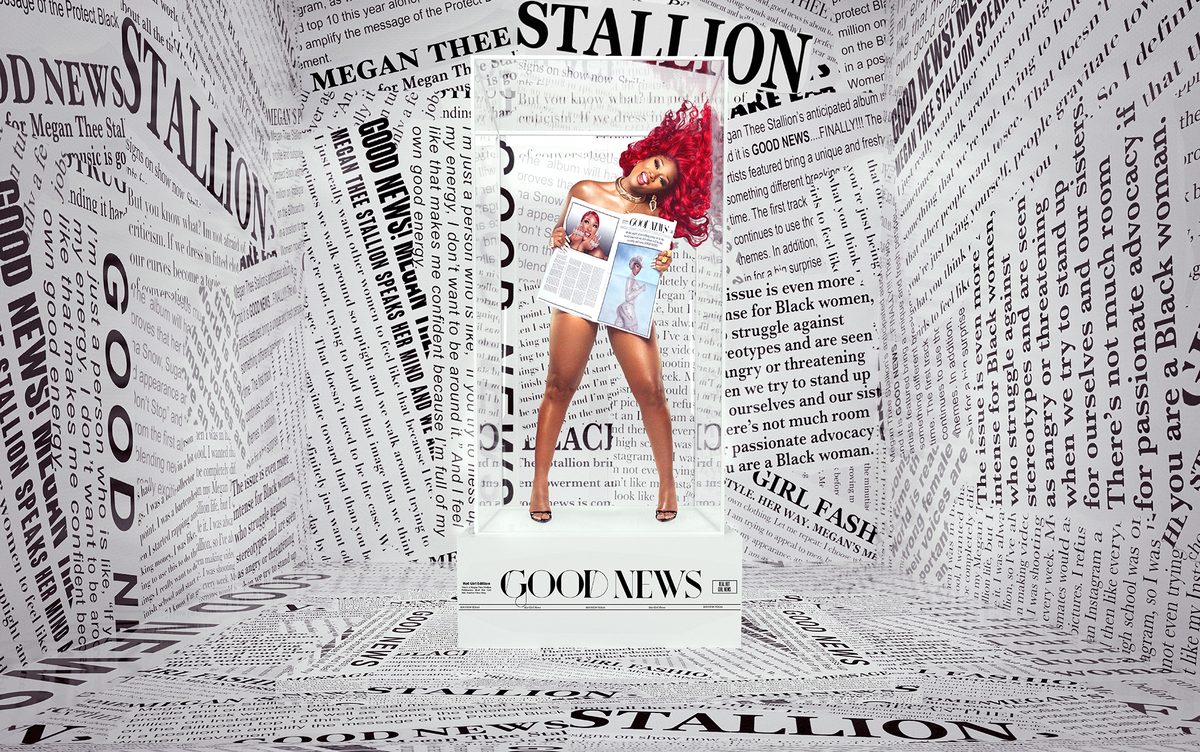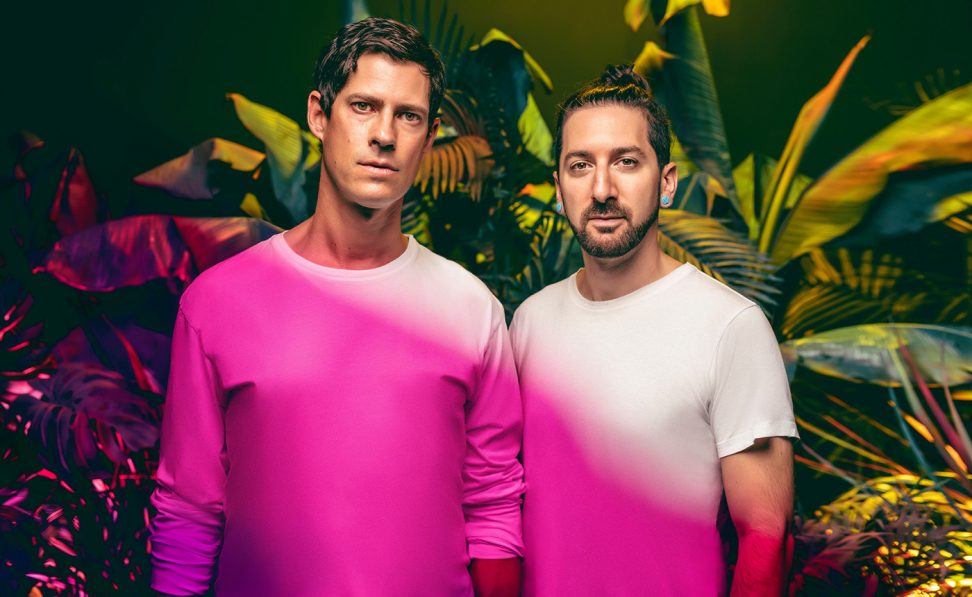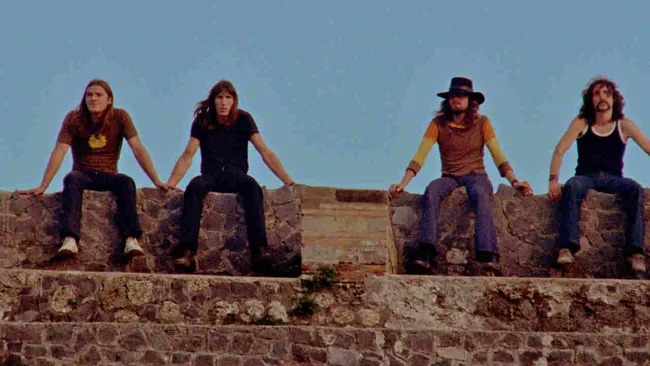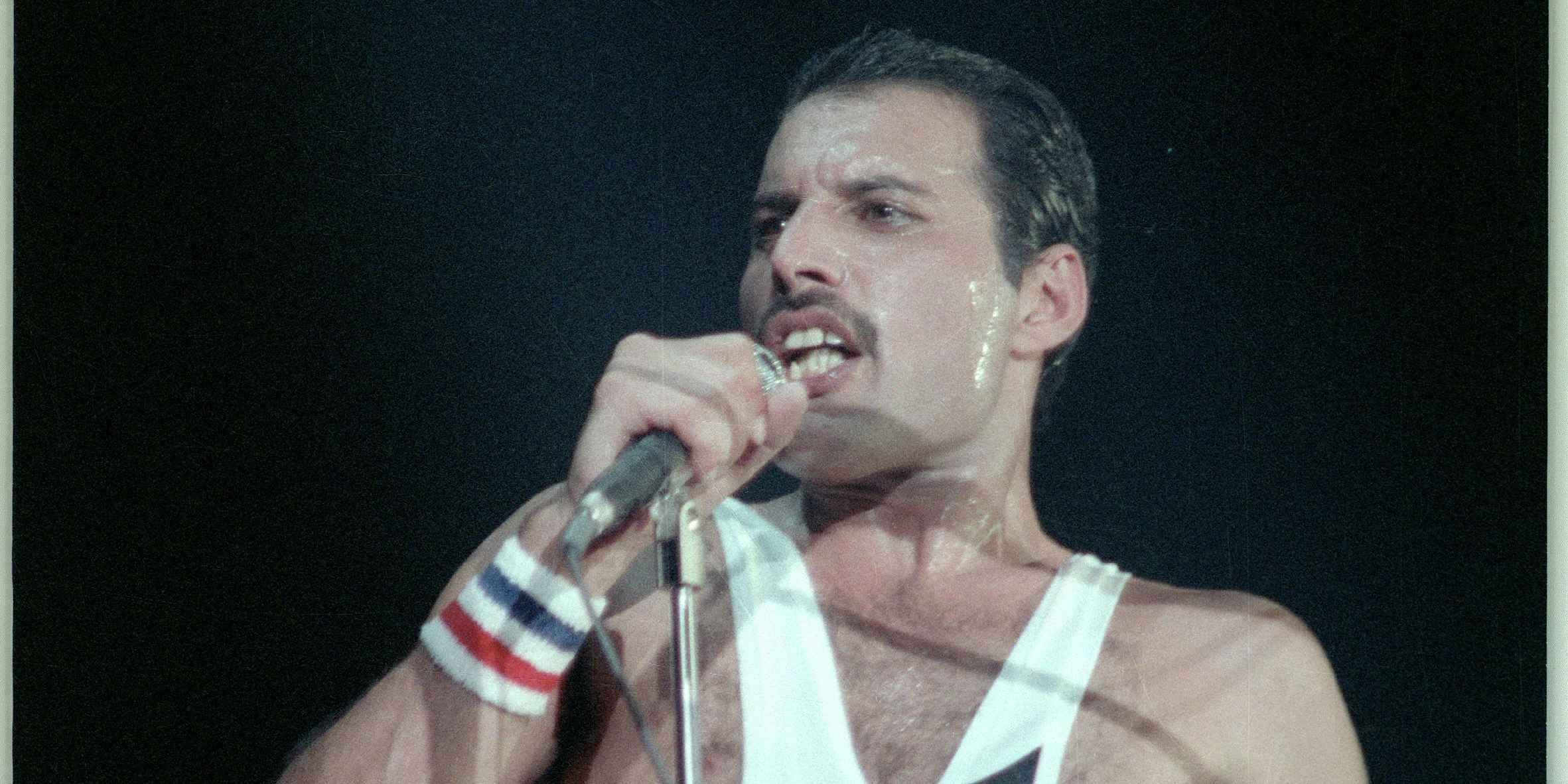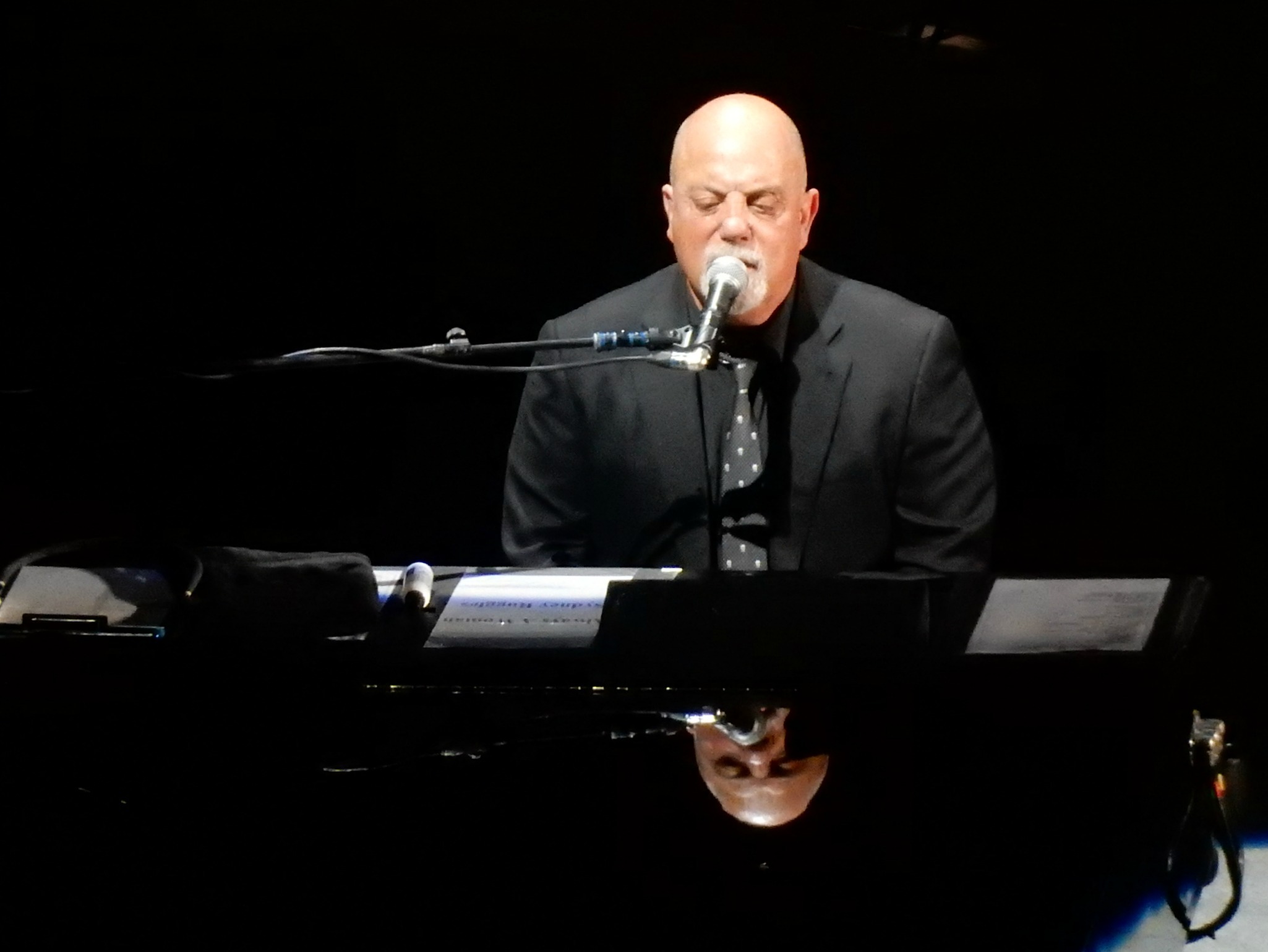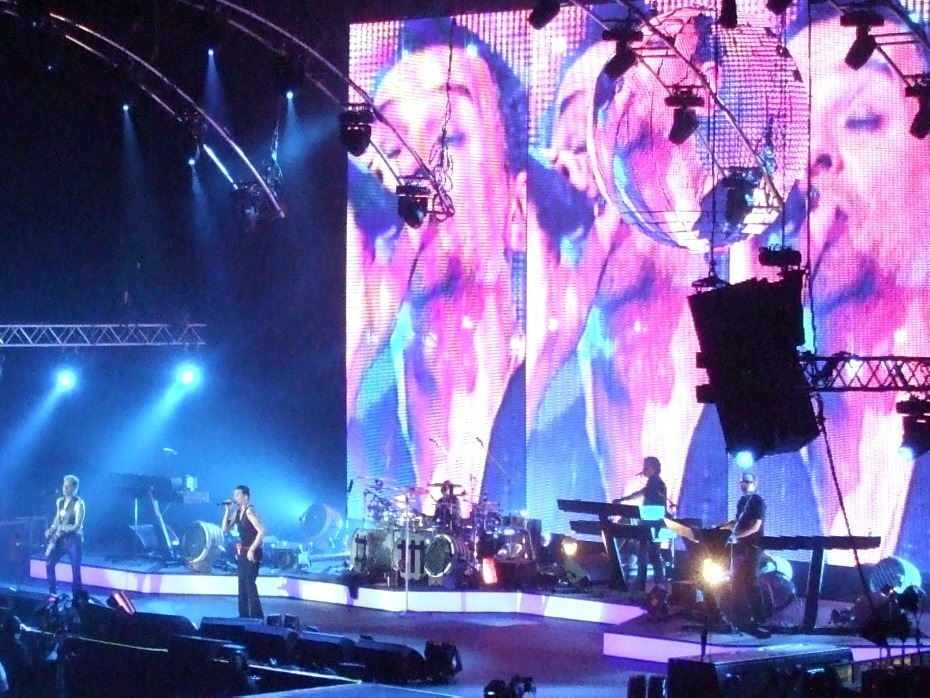KEY TAKEAWAYS
- Guitar pedals allow stringed instruments, or anything with a line out, to experience a vast array of effects.
- Always read the instructions when using a pedal for the first time, especially with modern versions of wah pedals, modulation pedals, volume pedals, fuzz pedals, delay pedals, and more.
- Swap out guitar cables in the event of an issue, and consider using a pedal board to streamline the use process.
If you are new to the wide world of instrument effects, you may wonder how to set up guitar pedals. Many of the best guitars, after all, integrate with pedals quite nicely, though many players make avoidable mistakes when using these pedals. So what exactly are guitar effects pedals, what makes for the best guitar pedals, and how do you set them up? Keep reading to find out.
What are Guitar Pedals?
Before learning how to use a guitar pedal, you need to define these little doodads. Simply put, a guitar pedal is an electronic device that transforms the signal outputted by the electric guitar input, even when looking for the best jazz bass pickups. There are all kinds of pedals out there, leading many to learn how to power a pedal board. As a matter of fact, there are so many pedals in existence that many players learn how to make a wooden pedalboard to use.
Setting Up Guitar Pedals
Each pedal is different, but there are some universal tips worth considering before diving deep into the vast world of guitar effects.
Consider a Pedal Board
What the heck is a pedal board, and why should you be concerned with it? Well, guitar pedals typically require an external power source, and once your setup includes, say, more than two pedals, this can become extremely frustrating. A pedalboard not only powers all of your pedals at once but gives them an easily accessible location for quick stomping. You don’t have to purchase one outright, as it is DIY-friendly to build one.
Read the Instructions
This seems like a no-brainer, but many players never read the instructions that accompany their shiny new pedals. Perusing the instructions may not be extraordinarily helpful for a simple distortion pedal, but they come in really handy navigating newer and more complex designs with all kinds knobs and dials located throughout. You want to be quick enough using the pedal, after all, to activate it on stage mid-song.
Check and Recheck Cables
The likely weak link in any guitar signal chain is a bum guitar cable or pedal power supply cable. Always have plenty of backups on hand to experiment with and swap out to new cables as a first step whenever troubleshooting any issue. Seriously, like any issue. It’s typically this.
Pedal Setup FAQs
How do I connect effects pedals to your amp and guitar?
To create a clean audio signal, avoid patch cables and just use a guitar cable from the instrument to the pedal and then another to the amp.
Do I need a power supply?
You need a power supply if you want to avoid buying 9-volt batteries every few days and if you are powering multiple pedals at once, no matter the pedal type.
How do I choose a pedal board?
The best way to decide on a pedalboard is to account for the number of pedals in your setup and their size and shop accordingly. Some pedals are larger than others. For instance, modulation pedals, reverb pedals, and volume pedals tend to be bigger than wah pedals or fuzz pedals.
STAT
“Guitar pedals, sometimes called effects pedals, provide an easy and effective way to modulate your electric guitar’s tone.” (source)
TIP: Some pedals take 9-volt batteries, in addition to allowing for a power cable.
Sources
https://www.youtube.com/watch?v=2d4BSdccUNY
https://www.wikihow.com/Set-Up-Guitar-Pedals
https://www.youtube.com/watch?v=2bOtI1sFW_8
https://www.sourceaudio.net/top-10-greatest-chorus-effect-recordings-of-all-time.html
https://www.samash.com/spotlight/the-history-of-guitar-distortion-how-the-most-important-guitar-effect-came-to-be
